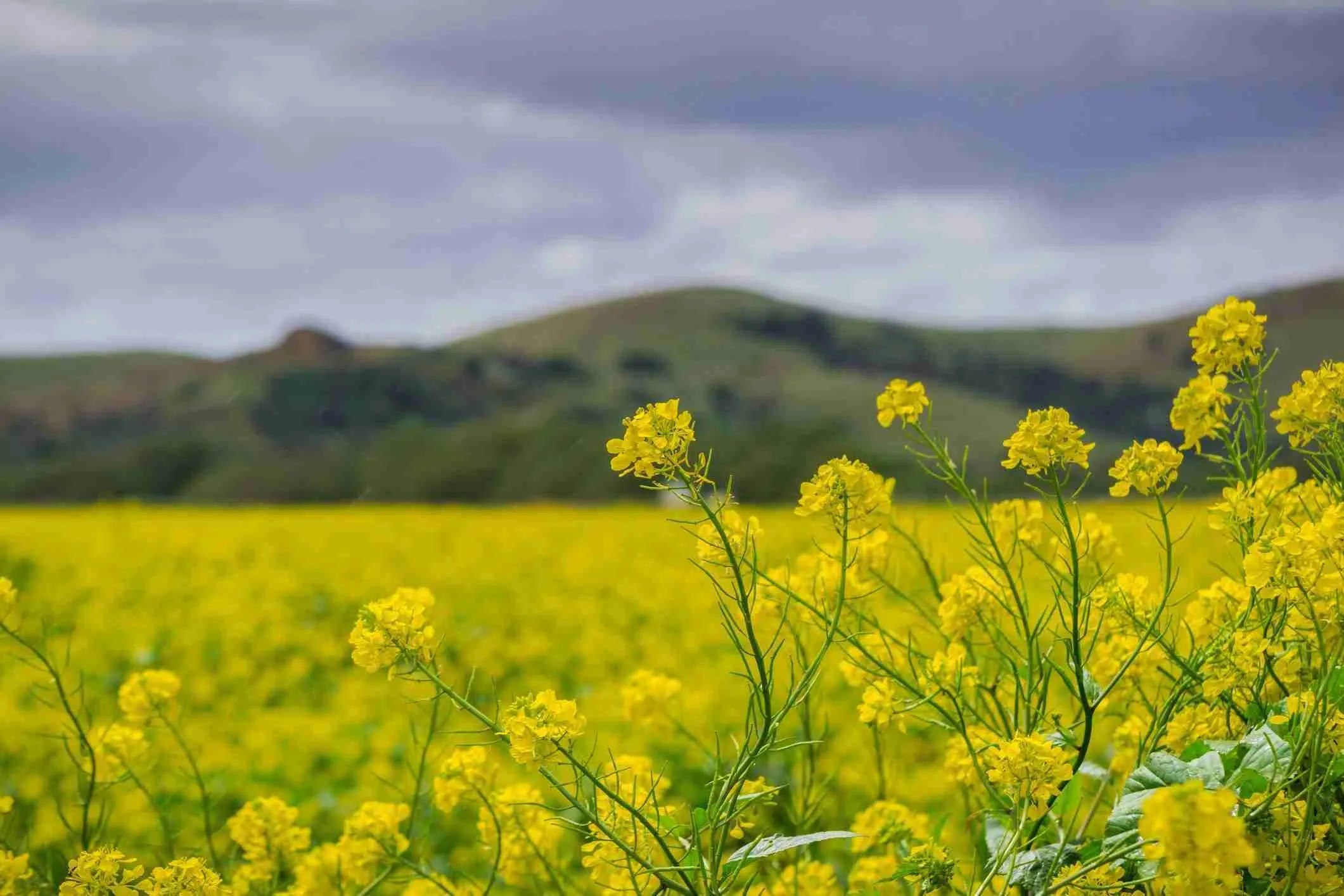Growing mustard is a rewarding endeavor that can yield a bountiful harvest for culinary enthusiasts and garden lovers alike. This versatile plant, known for its vibrant yellow flowers and peppery leaves, not only enhances your garden's beauty but also adds a flavorful kick to your dishes. Whether you're interested in mustard seeds for homemade condiments or fresh mustard greens for salads, understanding the ins and outs of how to grow mustard is essential for success.
With a little planning and attention to detail, you can cultivate your mustard plants from seed to harvest. This guide will walk you through the process step-by-step, ensuring you have all the information you need to achieve a healthy and productive crop. From selecting the right variety to understanding soil conditions and pest management, every aspect of growing mustard will be explored in depth.
So, are you ready to dig into the world of mustard cultivation? Let's get started on your journey to growing this amazing plant that can not only spice up your meals but also enhance your gardening skills!
What Varieties of Mustard Can You Grow?
When considering how to grow mustard, it's important to start with the right variety. Mustard plants can be broadly categorized into three types:
- Yellow Mustard: Commonly used for condiments and has a mild flavor.
- Brown Mustard: Known for its spicier taste and used in gourmet mustards.
- Asian Mustard: Includes varieties like Tatsoi and Mizuna, often grown for their greens.
Choosing the right type will depend on your culinary interests and the climate in your area.
When is the Best Time to Plant Mustard?
Timing is crucial for successful mustard cultivation. Mustard is a cool-season crop that thrives in moderate temperatures. Generally, the best time to plant mustard is:
- In early spring, after the danger of frost has passed.
- In late summer or early fall for a fall harvest.
By planting at the right time, you can ensure optimal growth and flavor.
How to Prepare Soil for Growing Mustard?
Mustard plants prefer well-drained, fertile soil with a pH level between 6.0 and 6.8. To prepare your soil:
- Clear the area of weeds and debris.
- Test the soil pH and amend it as needed.
- Add organic matter, such as compost, to improve fertility.
Creating the right soil conditions is key to how to grow mustard effectively.
How to Plant Mustard Seeds?
Once your soil is prepared, it's time to plant the seeds. Follow these steps for proper planting:
- Sow seeds about 1/4 to 1/2 inch deep.
- Space seeds 1 to 2 inches apart to allow for growth.
- Water the area gently after planting to promote germination.
Ensure you maintain adequate spacing between rows to facilitate air circulation and sunlight exposure.
How to Care for Mustard Plants?
Caring for your mustard plants involves consistent attention to watering, fertilization, and pest management:
- Watering: Keep the soil consistently moist, especially during dry spells.
- Fertilization: Apply a balanced fertilizer every few weeks to promote healthy growth.
- Pest Management: Monitor for pests such as aphids and caterpillars, and use organic pesticides if necessary.
Regular care will ensure a thriving crop of mustard.
When and How to Harvest Mustard?
Knowing when and how to harvest mustard is crucial for maximizing flavor and yield. Mustard greens can be harvested when they are young and tender, usually about 30-40 days after planting, while mustard seeds can be harvested when the pods turn brown and dry:
- For greens, cut the leaves at the base with scissors.
- For seeds, wait until the pods are dry, then shake them to collect the seeds.
Harvesting at the right time will enhance the taste and quality of your mustard.
What Common Problems Should You Be Aware of When Growing Mustard?
While growing mustard can be straightforward, several common issues may arise, including:
- Disease: Look out for powdery mildew and downy mildew.
- Pests: Aphids and flea beetles can be problematic.
- Bolting: This occurs when plants go to seed prematurely, often triggered by heat.
Being proactive about these issues can help ensure a successful mustard harvest.
How to Use Your Homegrown Mustard?
After you've successfully grown and harvested mustard, the fun continues in the kitchen! Here are a few ways to utilize your mustard:
- Make homemade mustard condiments using your seeds.
- Add fresh mustard greens to salads or stir-fries for a peppery flavor.
- Use mustard seeds in pickling and spice blends.
Embrace the versatility of mustard in your culinary creations!
Unleashing Speed: The Fastest Bike In GTA 5 Story Mode
Exploring The Depths Of Sad Emotion From Inside Out
Unraveling Fear: The Thrills Of Horror Co-Op Games


